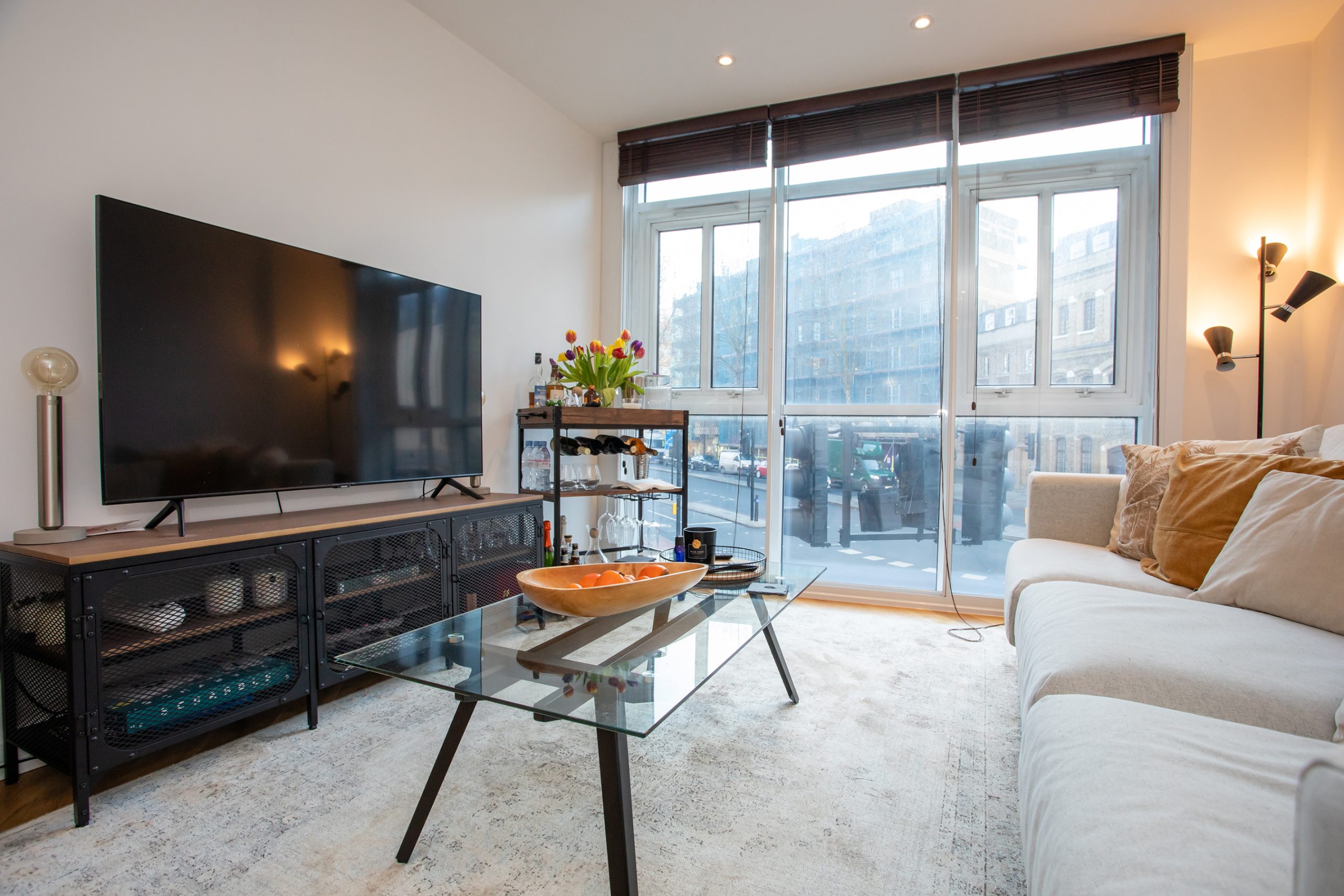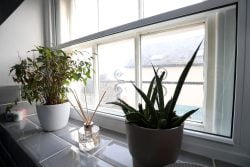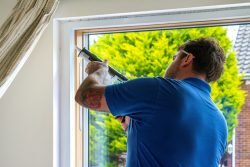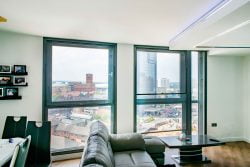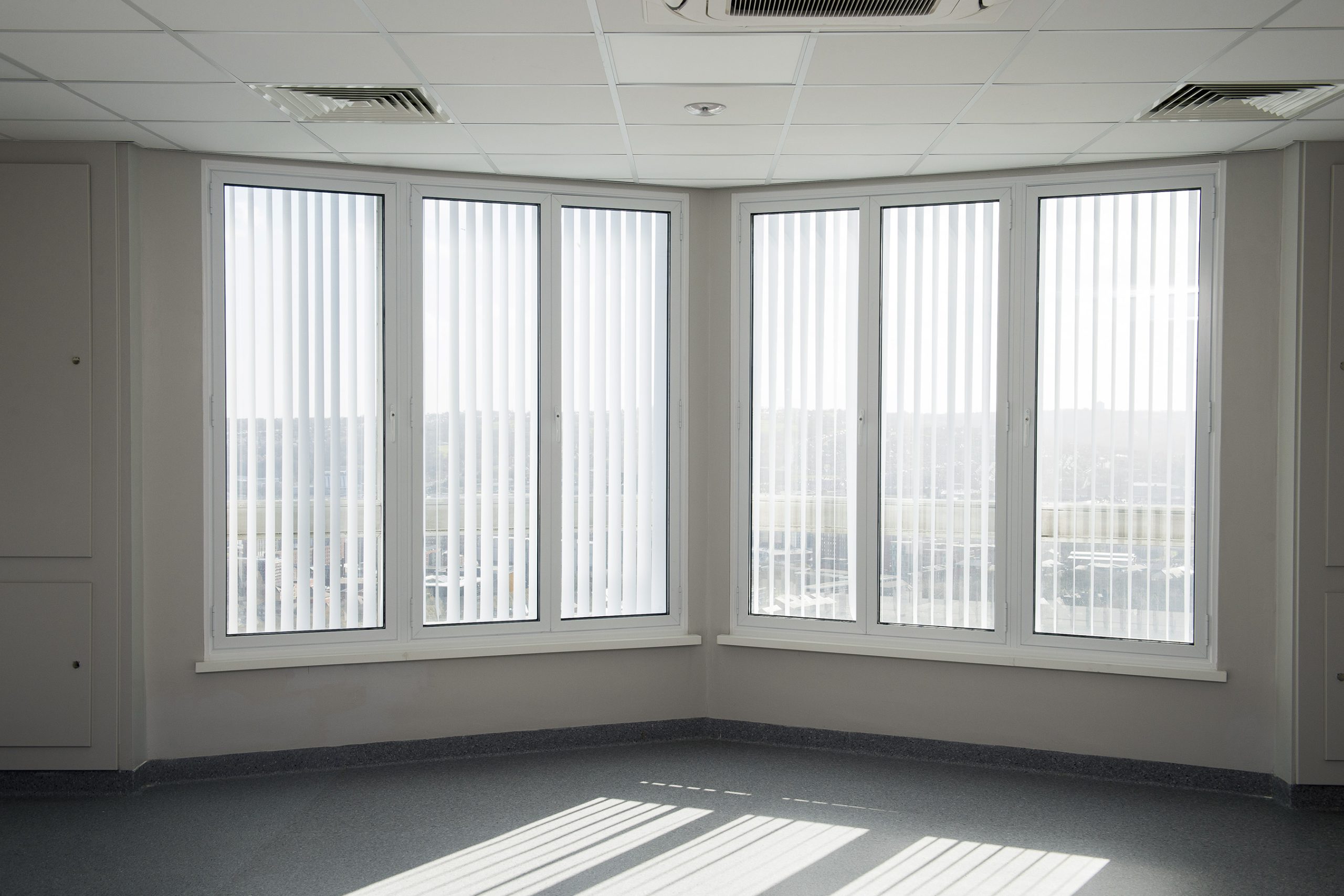Are you tired of noisy neighbours or street traffic disrupting your work or sleep? Looking for ways to soundproof your window?
There are techniques you can use to soundproof your window. You have the option to choose do-it-yourself (DIY) approaches for reducing sound, which can range from quick and temporary fixes to more permanent solutions such as secondary glazing.
What’s right for you will depend on your specific acoustic goals and the type of noise issues you are facing.
Whether you are interested in soundproofing your window yourself or seeking a more permanent solution, we have you covered.
Continue reading on Four Smart Ways to soundproof your window.
1) Secondary Glazing
The number 1 on our list is Secondary glazing, as it’s a great option for homeowners who are looking to permanently soundproof their windows.
Let’s first discuss what is exactly secondary glazing and how it works. Secondary glazing works by installing additional layers to an existing window When the unwanted noise travels through the air, it easily passes through the single-glazed timber window.
However, Secondary glazing works by adding a layer to the single-glazed window. This creates a gap between the two panels. When the noise travels through the window, the noise stays between the two panels.
This air gap works as a cushion, absorbing and vanishing soundwaves, therefore, reducing the amount of noise entering your home. Secondary glazing is very effective at completely vanishing noise, reducing it by up to 80%.
They can be customized to fit your window size and are available in different thicknesses to enhance noise reduction, making it great option for homes. Secondary glazing is very easily installable without any hassle and changing your original windows. This can be a great option for period properties where you can’t change the original window and planning permission is required.
Check out these Case Studies to find out how existing Homeowners have benefitted from secondary glazing.
2) Seal Any gaps around the window
In a lot of homes, there can be a small opening in windows. These small openings or gaps can lead to noise entering the houses, and lead to excessive noise. You can seal these gaps, which can be easily missed a lot of time. You can use either weather strips or caulk to seal these gaps.
To make it stronger you can also use self-adhesive weatherstripping tape or silicone-based sealant to seal the areas where air and noises seep through.
This is a cost-effective way to reduce noise transmission, leading to a more peaceful and quieter home.
One thing to keep is that using caulk or weatherstrips around your window can be an affordable option. However, it’s important to note that this method might not provide a noticeable difference in sound reduction and you certainly won’t appreciate the aesthetic in your cosy room.
3) Hang Thick Curtains or Drapes
Thick, Heavy curtains or drapes can act as a barrier to sound. Look for curtains made of dense, noise-absorbing material such as velvet or suede. Ensure that the curtain extends well beyond the window frames to cover any gap. you can also consider using soundproof curtains to reduce noise.
If you are looking to eliminate the sound using this method. Here is a simple step-by-step process to follow.
Step 1: Measure your windows: Start by measuring the size of the window to determine the size of the curtain you need. Take into account both the height and width of the window.
Step 2: Choose Dense and Heavy Material: When choosing the material, make sure to look for heavyweight material such as velvet or thick polyester. These materials are very effective at absorbing sound waves.
Step 3: Extend the coverage: Ensure that the curtains or the drapes extend well beyond the window frames. This help to cover any gaps or opening and provide better insulation.
Step 4: Install curtain rods or tracks: Install curtains or rods above the window. Make sure they are properly to secured to the wall or window frames to support the weight of heavy curtains.
Step 6: Hang out the curtains: Once the tracks and rods are installed now you can install the curtains. Attach the curtains to the track, and make sure they are covering the full window and a little above the ground. This will ensure the sound won’t get passed through.
Step 7: Creates Overlap: If you have multiple windows, consider creating an overlap between the curtains. This will ensure That all the gaps are covered and there is no leakage for sound escape. This will reduce the sound leakage between the gaps.
Step 8: Use an additional Layer: If one layer is not enough, consider using additional layers. This provides an extra barrier against the noise.
Keep In mind, using this method can’t eliminate noise. Make sure to use other methods with it, such as using the adhesive seal to cover the gaps. You can also go for permanent options such as secondary glazing.
4) Window Foam
This is also a great and affordable option for people who are also into DIY.
This Soundproofing method involves an acoustic foam mat which can be attached to the window to reduce noise. The Foam soundproofing mat will dampen soundwaves but will also block out light. The foams can easily be removed when you want it and put it back on again.
However, It’s not the best option in the market. Also, placing a foam sheet over your lovely windows can hurt the visual attractiveness of your windows.
This can also be a hassle when you have to keep applying the foam and removing them to balance the light and the noise level.
5) Soundproofing with Furniture
Rearranging your furniture can seem like a useless but it can still be helpful. This DIY trick won’t make a huge difference, but it can help to improve the noise-reducing benefits.
You can put any large-sized furniture such as bookcases or wardrobes next to the window to absorb any incoming noise. These items can soak up sound waves, reducing echoes and noise in your home.
Advice on Installing Specialist Soundproof Windows
To conclude the article, one important thing to keep in mind is although, the DIY option sounds much cheaper they are not. If you take into account of the cost of buying curtains and blinds can cost a lot more than you expected, you may end up spending thousands and you might not get the results you are after.
However, if you choose secondary glazing it can prove to be a long-term solution. This can provide greater benefits to soundproofing and insulating your home with beautiful converted windows.
When you consider the money you will save on energy costs as well as soundproofing your home, you may realise that investing one or two thousand dollars you planned to spend on DIY windows into quality professional Secondary glazing may result in overall savings in the long run.
Conclusion
A lot of time, It’s great to opt for DIY projects or small tricks that you find on the internet to reduce the noise. However, these are not long-term solutions. You should opt for something permanent that will stand the test of time.
If you choose to get special windows that are designed to block sound instead of regular double-pane windows, you have to be careful.
This is because just the windows themselves won’t do the job. They need to be installed by a professional who knows how to do it properly.
It can be risky to replace all of your windows if the people installing them aren’t experienced with soundproof windows. Make sure that whoever installs the window, knows what they are doing.
Especially, make sure there are no gaps or cracks around the edges of the windows. If soundproof windows aren’t installed well, it will be a waste of money and effort because even a tiny gap can still let sound in an out of the window.
Here at Granada, we have over 35 years of experience in helping install secondary glazing for homeowners like yourself.
Why not call us today on 0808 503 3656 or fill out a form online our experts will be in touch ASAP.

